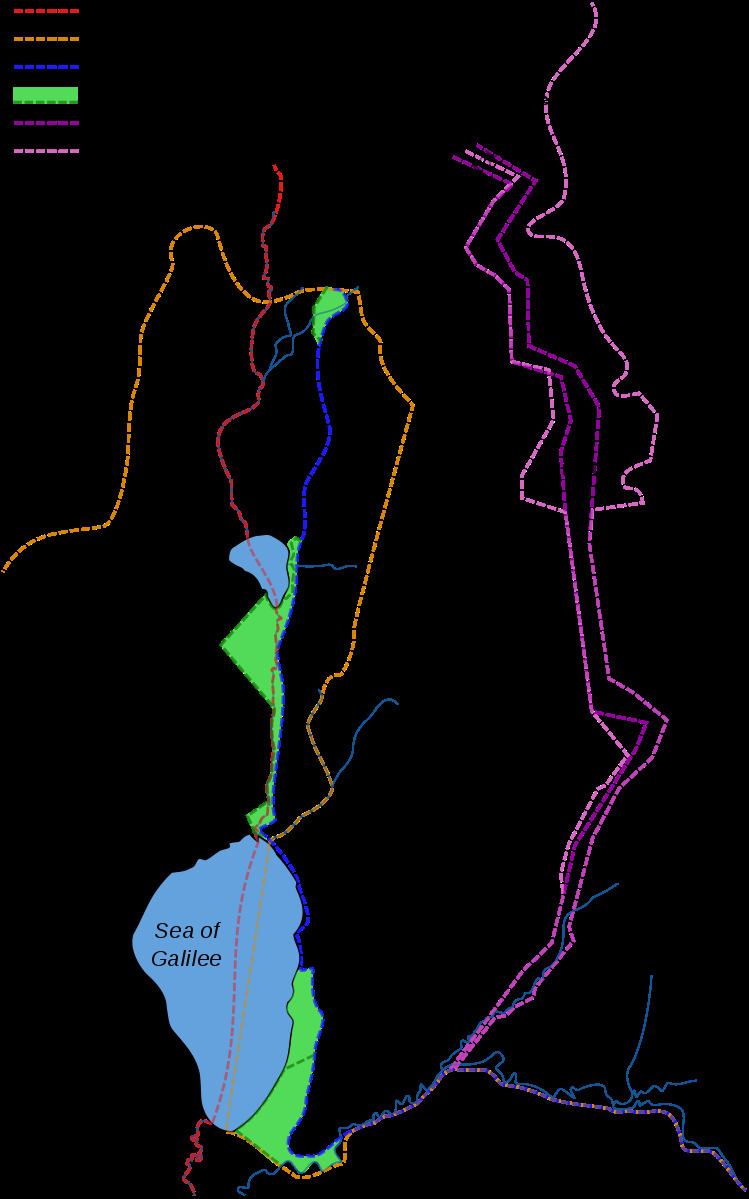Dates 23 Dec 1920 – 7 Mar 1923 | ||
 | ||
Paulet newcombe agreement
The Paulet–Newcombe Agreement or Paulet-Newcombe Line, also known as the Franco-British Boundary Agreements, were a sequence of agreements signed between 1920-23 between the British and French governments regarding the position and nature of the boundary between the Mandates of Palestine and Mesopotamia, attributed to Great Britain, and the Mandate of Syria and the Lebanon, attributed to France. The agreements fixed the line of the Syrian-Palestinian border (now the Syrian-Israeli border) between the Mediterranean Sea and the town of Al-Hamma. The agreement takes its name from French Lieutenant Colonel N. Paulet and British Lieutenant Colonel S. F. Newcombe, who were appointed to lead the Boundary Commission.
The boundary between the forthcoming British and French mandates was defined in broad terms in the 1920 "Franco-British Convention on Certain Points Connected with the Mandates for Syria and the Lebanon, Palestine and Mesopotamia", signed in Paris, on 23 December 1920. That agreement placed the bulk of the Golan Heights in the French sphere. The treaty also established a joint commission to settle the precise details of the border and mark it on the ground.
The commission submitted its final report on 3 February 1922, which included a number of amendments. It was approved with some caveats by the French and British governments on 7 March 1923, several months before Britain and France assumed their Mandatory responsibilities on 29 September 1923.
